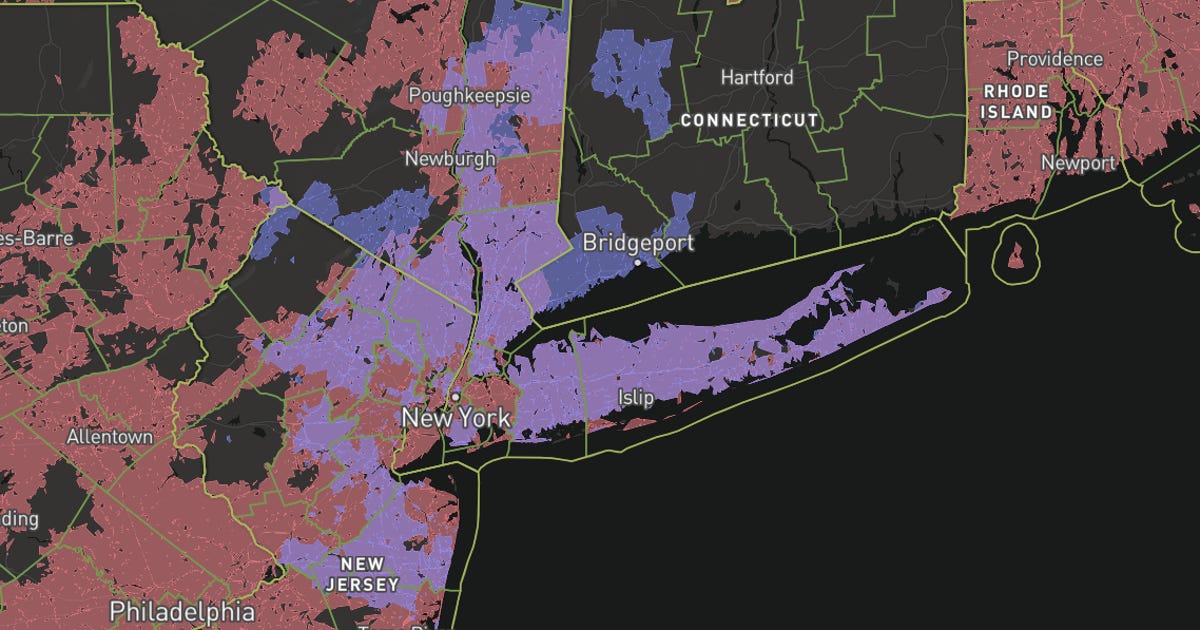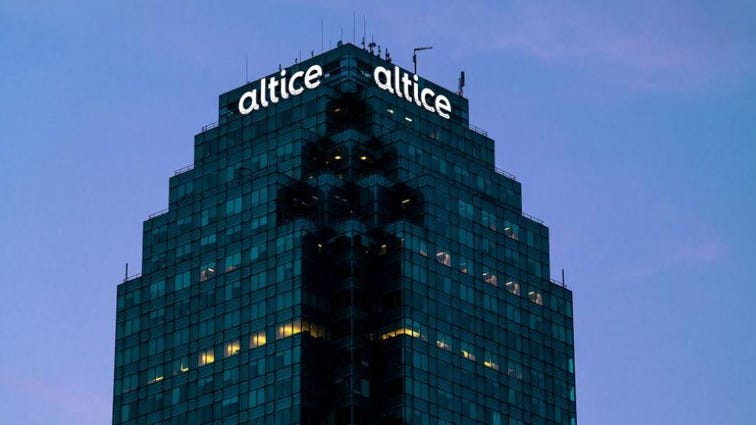
If you live in the northeastern US, you may likely be considering either Optimum or Verizon Fios for your home internet. These two providers offer broadband service to some major metro areas in that portion of the country and if you live in parts of Connecticut, New Jersey and New York, you might even have a choice between the two.
According to the latest data from the Federal Communications Commission, Optimum is available to just shy of 13 million people and Verizon Fios is offered to nearly 36 million potential customers. So there may be quite a few of you out there looking into these two internet service providers and wondering what the differences are between them. Let’s take a look.
Optimum
Out of the gate, there’s a lot to lure you to Altice’s Optimum internet service. You get incredibly competitive introductory pricing, fast speeds and decent perks. Along with those positives, you get unlimited data, no contracts and low equipment fees. What’s not to like?
Well, there are a few other factors to consider. A majority of households serviceable for Optimum will receive cable internet service, which can get you fast download speeds, but not the equal upload speeds you would find with fiber-optic service. Also, while the introductory prices are great, they’re only good for the first year. Lastly, Optimum has not fared all that well in customer satisfaction surveys, so there’s work to be done there, too.
Smith Collection/Gado/Getty Images
Verizon Fios is a 100% fiber internet service, which means you get symmetrical download and upload speeds. That’s good, especially if you’re spending more time working from home and videoconferencing these days. The high performance and speedy uploads of fiber internet let you accomplish those things better than cable internet, where upload speeds are typically much slower.
Also, Verizon Fios doesn’t flood you with a bunch of qualifications or caveats about its service. It keeps things simple with just three plans, and you don’t have to worry about any early termination or overage fees because there are no data caps and no contracts. Granted, Verizon Fios doesn’t feature the lowest prices, but it offers excellent value in the long run and scores exceptionally well in customer satisfaction rankings.
Verizon Fios and Optimum have coverage maps that overlap throughout much of New York City and the surrounding areas.
FCC/Mapbox
Where can you get Verizon Fios and Optimum?
Verizon Fios focuses its coverage on several major metro areas in the Northeast. Those cities include Albany, New York; Baltimore; Boston; Buffalo, New York; Philadelphia; Pittsburgh; Richmond, Virginia; Syracuse, New York; and Washington, DC. All in all, Verizon Fios spans the eight states of Delaware, Maryland, Massachusetts, New Jersey, New York, Pennsylvania, Rhode Island and Virginia.
Optimum Internet is available to two boroughs in the New York City market — Brooklyn and the Bronx. It is also available to most Long Island and a healthy section of northern New Jersey, Dutchess, and Westchester counties in New York state and portions of Connecticut.
As I mentioned at the start, there’s some decent crossover between these two ISPs, mainly within the New York metropolitan area.
What’s the difference between Optimum and Verizon Fios plans and prices?
On its site, Verizon Fios boasts that its upload speeds are “up to 25x faster than Optimum’s cable network.” On the flip side, Optimum brags, “If you are being mindful of your budget, Optimum is the better choice.” Let’s start sorting through it all by starting with their available plans and price points.
Optimum plans and pricing
| Plan | Max speeds | Starting monthly price | Regular monthly rate | Monthly equipment fee | Data cap | Contract |
|---|---|---|---|---|---|---|
| Optimum 100 | 100Mbps download, 5Mbps upload | $30 … |


